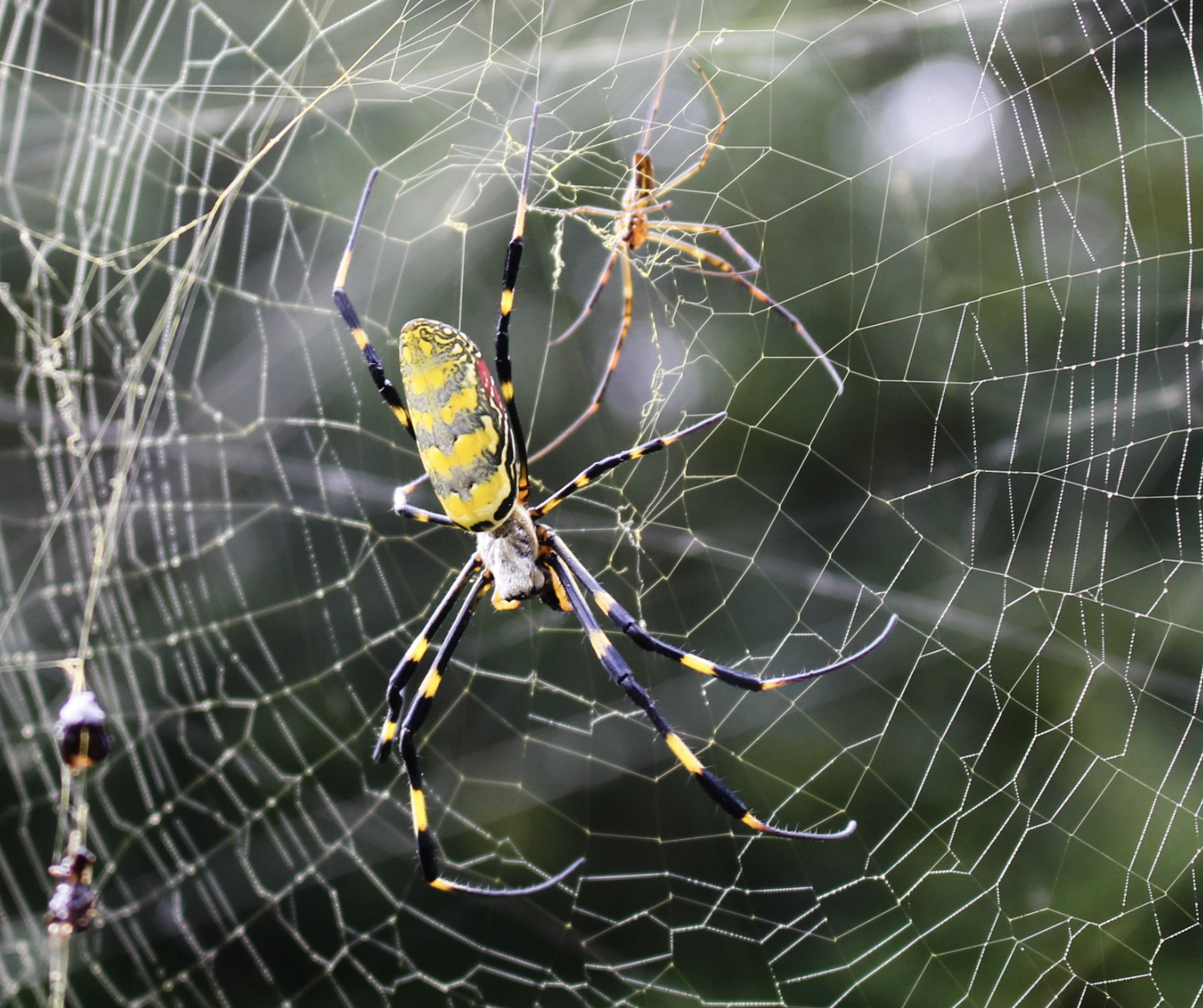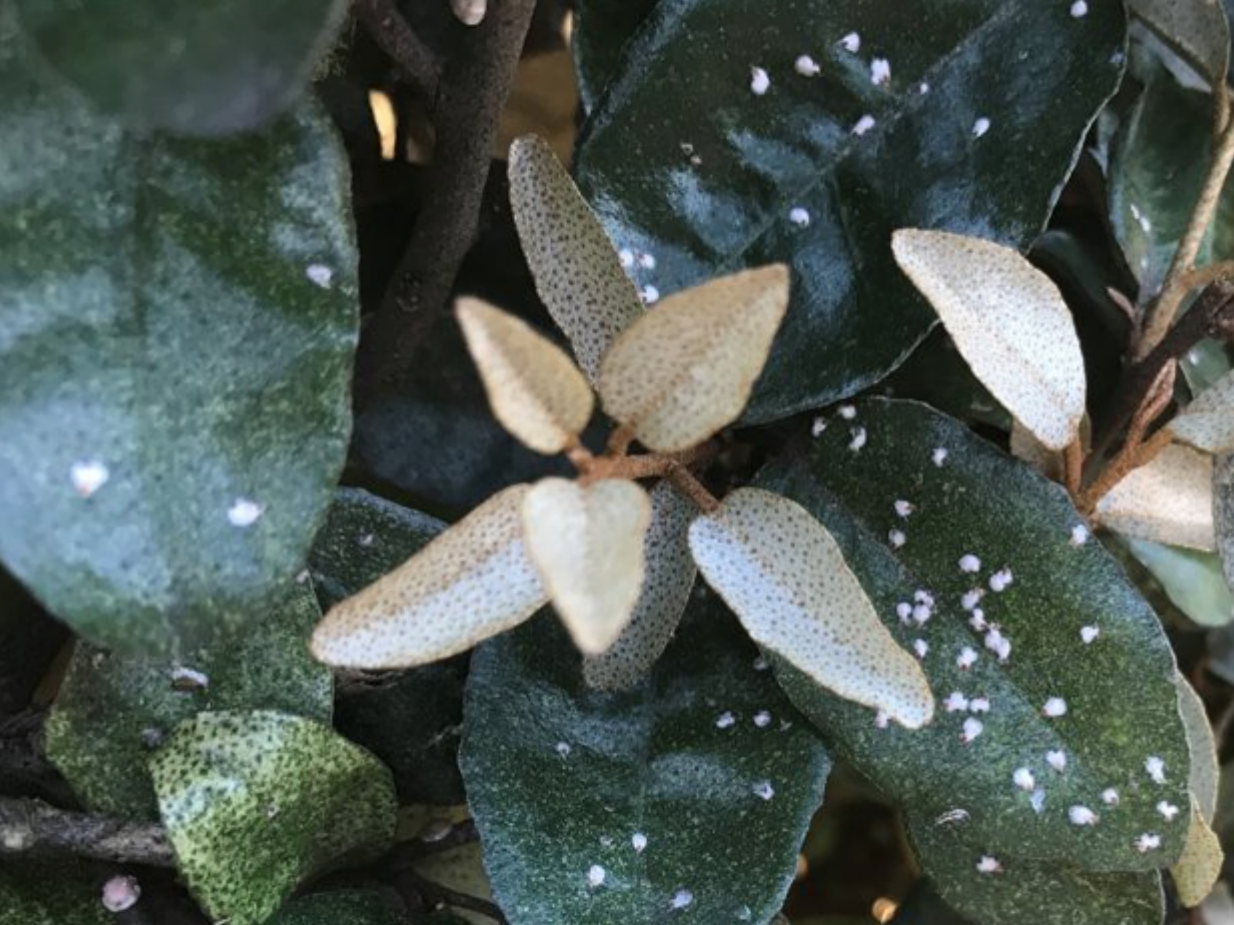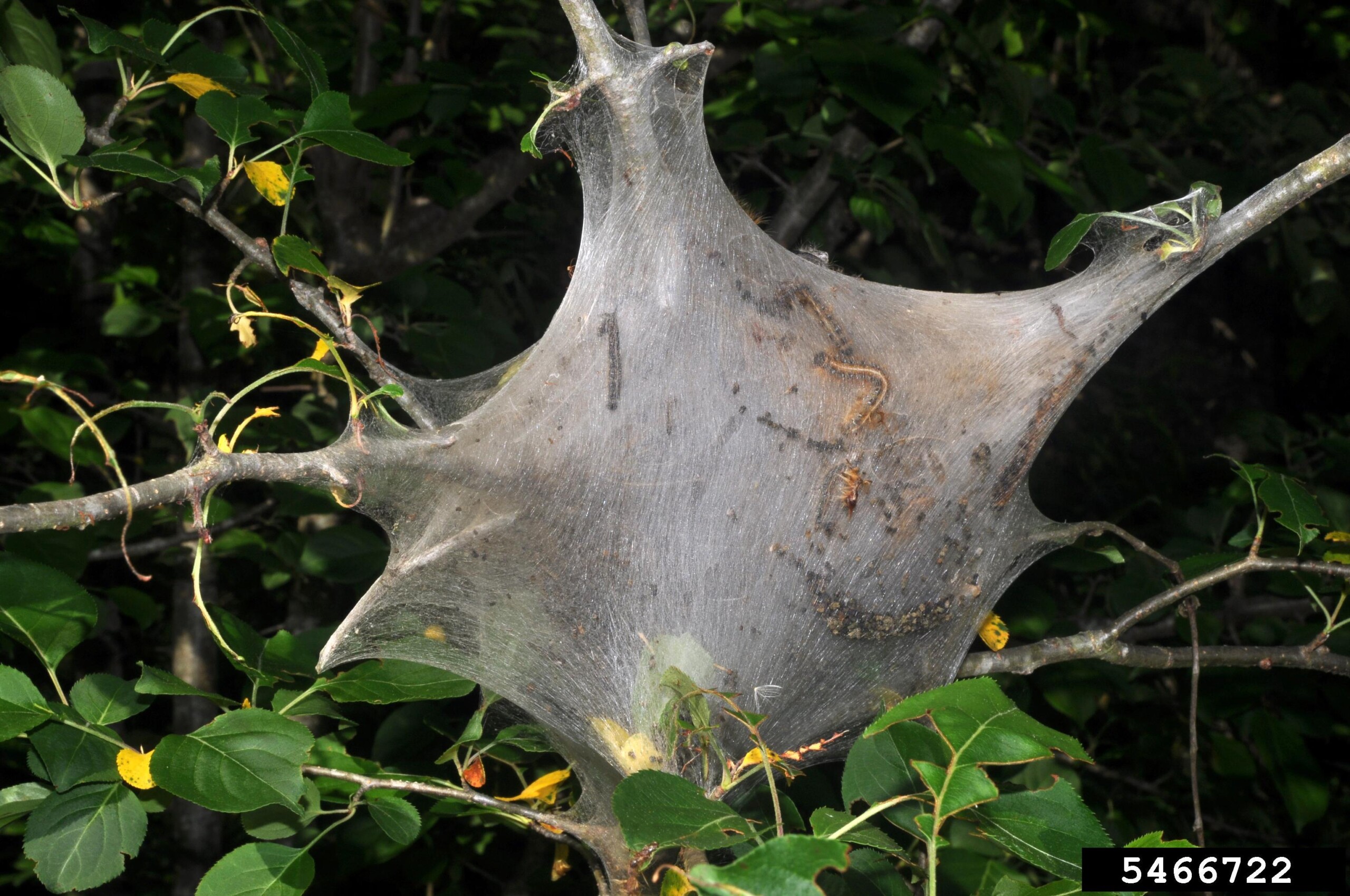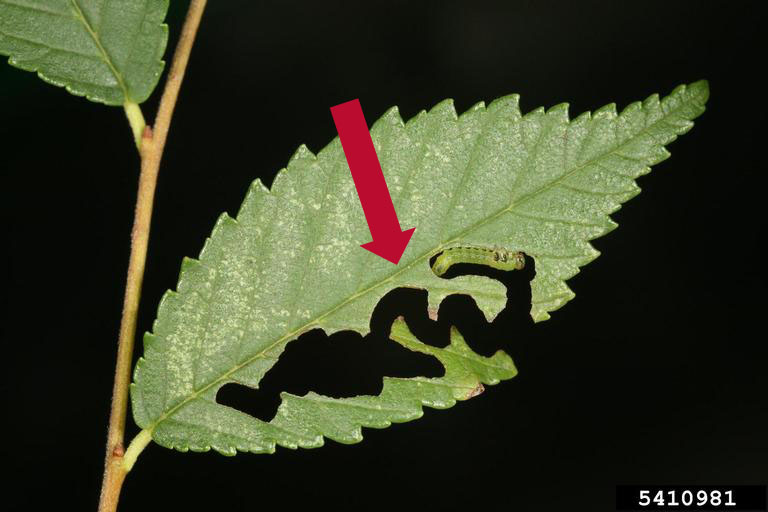Just in time for Halloween, Nancy Hinkle, an entomologist with the University of Georgia College of Agricultural and Environmental Sciences (CAES), reminds us that while colorful Joro spiders may look intimidating, they still present a bit of mystery in Georgia’s ecosystems. Joro spiders are often confused with other common spiders.
Can you spot the Joro spider in your landscape?
Test your knowledge with this quick quiz. For desktop users, hover your mouse over each image to flip the card and reveal the spider’s identity.
If you are using a mobile device, tap the image to learn more.
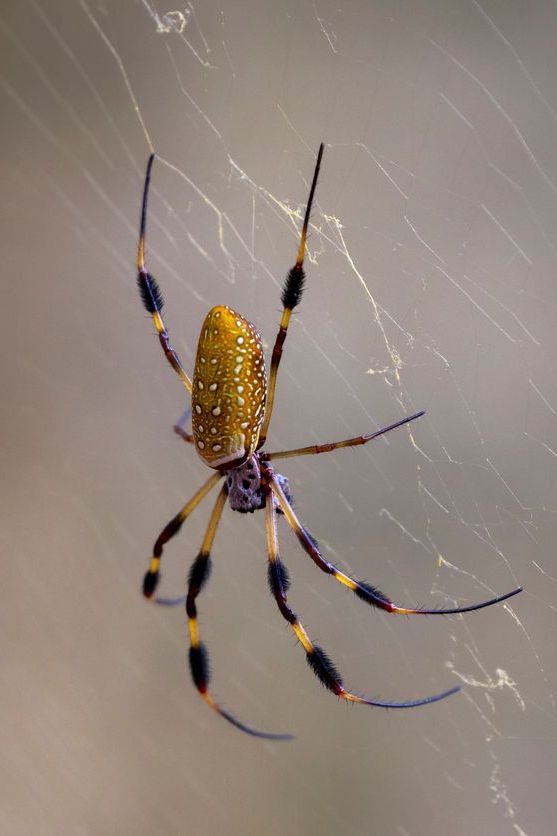


Where do Joro spiders come from?
The Joro spider (Trichonephila clavata) first appeared in Georgia in 2014, likely arriving as tiny egg sacs attached to a shipping container from Asia. Since then, they have spread across much of the Southeast, spinning their golden webs between treetops and power lines.
The word “Joro” is capitalized in the spider’s common name because it comes from Jorōgumo, a creature in Japanese folklore — a spider that can transform into a beautiful woman who lures men into her web before devouring them.
The Joro is an invasive species, and researchers are still studying how it interacts with native spiders and the environment.
“They look intimidating, but they are gentle giants, happy to let us be, as long as we let them be,” Hinkle said.
Like other orb weavers, Joros help capture flying insects, including mosquitoes. CAES scientists like Jason Schmidt, associate professor in the Department of Entomology, are continuing to study how these newcomers fit into local ecosystems.
How to identify and manage Joros
Adult female Joros are large, with bodies up to 1.2 inches long. Their upper abdomen is yellow with bluish-green bands, while the underside is yellow and black with a red patch at the tip. Their legs are black with yellow bands.
Males are much smaller — up to 0.3 inches long — and brown with dark brown stripes.
Hinkle encourages people not to panic if they spot a Joro. “Just admire from a distance, or gently relocate it using a stick,” she said.
While Joro spiders pose no threat to people or pets, UGA Cooperative Extension experts note that management decisions depend on where the spiders are found. If a web is built in a high-traffic area or near an entryway, it is reasonable to remove or eliminate the spider.
According to UGA Extension’s “Managing Joro Spiders in the Landscape,” the most direct way to remove problematic spiders is to wrap them up in their web using a broom, rake or stick and dispose of them — a method that is far more effective than simply knocking down the web. Spiders relocated only a short distance may return, so moving them farther away is recommended if relocation is preferred.
For more identification help, visit the UGA Center for Invasive Species and Ecosystem Health, which provides tools and photos to distinguish Joros from their native look-alikes.
